TFG heard from development finance expert Diana Smallridge on the role of various institutions when it comes to financing trade, infrastructure and exports. Smallridge talked to TFG about the role of development banks versus Export Credit Agencies (ECAs), and Exim banks, discussing where government and multilateral support starts and trade credit insurance / private insurance ends.
Featuring: Diana Smallridge (DS), President and CEO, International Financial Consulting
Host: Deepesh Patel (DP), Editor, Trade Finance Global
Deepesh Patel (DP): So here we are Excred International 2020. Let’s start with an elevator pitch. Who are you? Where are you from? And what do you do?
Diana Smallridge (DS): Well, my name is Diana Smallridge. I’m President of International Financial Consulting – we’re a firm focusing on the export credit market, working with the institutions, the ECA’s, the private market,and the Development Finance Institutions. We’re all about the institutions being better, better at what they do and better outcomes for developing countries.
Definition of an Export Credit Agency (ECA)
DP: Let’s start with some definitions. What is an Export Credit Agency (ECA)?
DS: Well, I’ve been associated with them for 30 years, so I know them well. So an Export Credit Agency (ECA) is typically a government-owned or government-backed financial institution supporting national exports.
You have a government that says ‘trade is a priority’. What government doesn’t believe trade is a priority? So, what are the instruments to support trade? Well, you can have trade policy, you can have free trade agreements. But financing is critical. So, access to financing – An ECA or an Export Credit Agency provides financial support to their national exporters. And that can be done by providing financing to the buyer.
So, in a developing country, let’s say you’re Bombardier selling aircraft, that buyer; Rwanda Air or any airline will need financing. An ECA will provide the support for a commercial bank to finance and then provide a guarantee. So that’s one area, where working capital for the exporter – is all around national companies having access to finance and getting their deals done.
Trade Credit Insurance versus Export Credit Agency finance
DP: Where does the private insurance market stop, and where does the ECA market start in terms of helping those exporters?
DS: Well, I wish that was an easy question. Because it’s fair to say that there is tension between the two, and many ECA’s have a mandate not to compete with the private markets. In some instances – to be an insurer or lender of last resort – so they need to see that the deal has been turned down by the private sector.
But in reality, there’s great capacity within the private sector insurers, and of course lenders to take these difficult risks, and on a longer term. Whereas credit capacities used to be limited to short term. You see the private market with risk appetite, 7-10 years it’s surprising! So with an ECA, it is so important that they be attuned to the private market and work with the grain of the private market and not crowd out – and take that into account when they’re doing deals to see – is there possibility catalyse or crowd-in the private market?
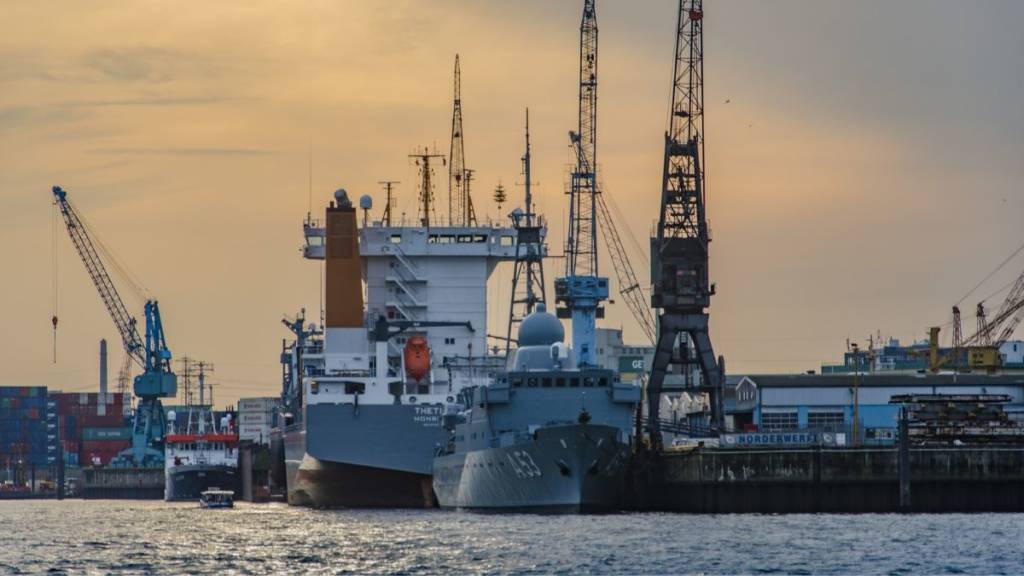
DP: Do ECA’s differ from country to country?
DS: They do, maybe for that point alone. You have some ECA’s who are mandated not to compete and that’s evidenced by them literally knowing that the exporter has been turned down. And there are a few models like New Zealand or the US for that matter. Whereas other ECA’s are much more proactive; they’re acting as catalysts, so they’re going out ahead, and a model like Canada, EDC, is one in which they’re trying to open markets for exporters. The more classic model, which is the European model, generally speaking, is a responsive model. So the export bank comes and says “we have this transaction, would you provide us a guarantee?”
DP: Okay. We also hear lots about Multilateral Development Bank’s – MDBs. Can you explain to our audience what an MDB is? And where do they sit in relation to ECA’s?
DS: Well, the World Bank is the ‘grandfather’ of all Multilateral Development Banks, but of course, there’s the Asian Development Bank, the African Development Bank, the Inter American Development Bank, the European Bank for Reconstruction Development, the European Investment Bank – these are all Multilateral Development Banks, with both OECD member owners as well as developing country members as owners. There are other regional development banks that are solely owned by the member countries. They play a critical role, not least because they have what is referred to as ‘preferred creditor status’ – by virtue of their mandates and their charter, and being owned by these developing countries. If there’s ever a problem, a payment problem or a project problem, they can go to the government and say, “Hey, you own us. Don’t screw up!”. So it’s really important that they carry this extra layer of protection that a national ECA wouldn’t have and certainly a commercial bank doesn’t have.
Tackling the $1.5 trillion USD trade finance gap
DP: We often hear about the Trade Finance Gap – the $1.5 trillion trade finance gap. How do ECA’s help with assisting or alleviating some of the problems around the trade finance gap?
DS: Well, let’s just acknowledge the gap is huge. And the gap is huge not just because of risk, but also for compliance reasons. I’m sure your audience is well aware of the KYC compliance regulations around that and what that’s meant for the ability of global banks to actually do business with smaller countries, smaller banks, smaller customers, just because of the KYC costs.
So ECA’s, generally, well, there’s no general actually. Many ECA’s do not operate in the short term in Europe, there’s a strict law around this – a Directive under the European Commission – not to compete in the short term private sector. However, with this trade finance gap, that is caused by regulation, you end up having this unfilled market potential that I think ECA’s have an obligation to recognise and fill. It doesn’t mean that they can come rushing in and stymie any private sector activity, but I think ECA’s themselves need to be really examining what can they do to support that. If it’s setting up a registry, KYC registry? There’s lots of ideas that can be considered. But it’s understanding what’s the problem? Why does it exist? And how can they best fill it?
The World’s ‘To Do’ List – Approaches to the UN Sustainable Development Goals (SDGs)
DP: And I think another offering that is regularly talked about and discussed on the panel session this morning, are the Sustainable Development Goals SDGs, and how ECAs can play into the SDGs. First of all, why is this important? And second of all, what are ECA’s doing to address the SDGs? Which we’ve heard of from Davos 2020. etc.?
DS: Well, as I just said on my panel, which you featured in your LinkedIn, I’ve heard of them being called the world’s ‘to do’ list and I really liked that concept. That means governments around the world have signed on to these and that means government agencies like ECA’s have to pay attention. But an ECA, is typically in the business of supporting national exporters, that’s their mandate – that’s the one thing they need to do right. That’s not to say that because that’s the one thing they are doing, there aren’t additional things.
It is in fact the case that they are contributing significantly to the SDG’s. Denmark is supporting a wind farm project in Africa. Not only is Vestas or whoever benefiting, and jobs are created because of it, but my goodness, you see reduction of greenhouse gases, you see employment, you see access to energy, you hit a lot of SDG goals. So why not pay attention to that and be quite deliberate in certainly counting or paying attention, measuring your impact towards the SDG’s achievement?
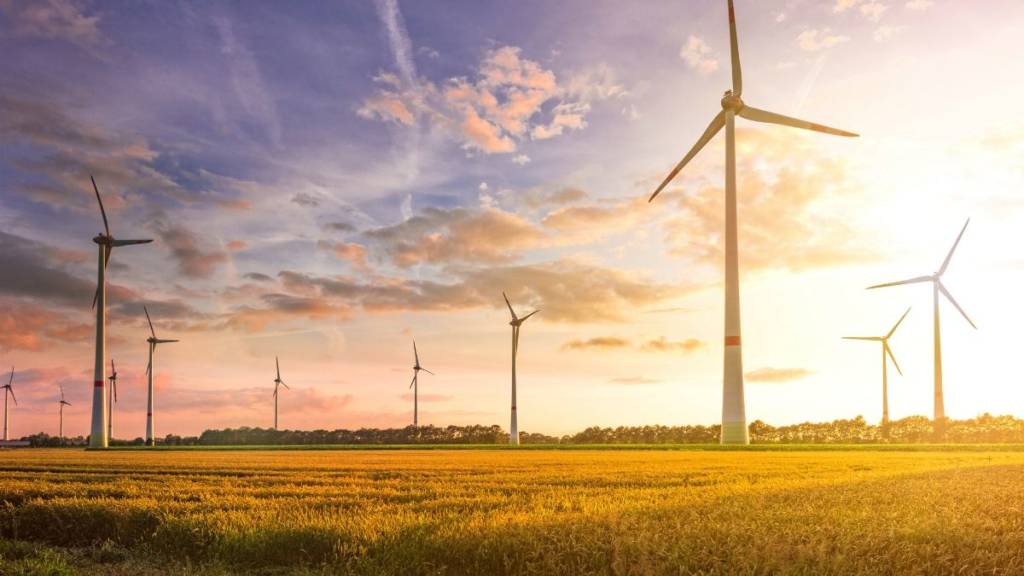
Level Playing Field? OECD versus BRIC ECAs
DP: Right, Diana, for ECA’s all around the world, given the current volatility and uncertainty in the current situation – what do you think are the key themes and also watch out for ECA’s as they look forward to the rest of 2020?
DS: Well, if you’re talking about OECD ECA’s as opposed to the BRIC ECA’s, I think that’s still an issue – how do we coexist with the developing country ECA’s who aren’t subjected to the OECD arrangement – the rules that were set 40 years ago for OECD ECA’s? And I won’t get into the details of that, but it’s not a level playing field. And so, the question of unfair competition remains an issue for ECA’s. The US EXIM puts out an annual competitiveness report, which is an important read.
I think secondly, this movement towards SDG’s – ‘You’re a government owned instrument, pay attention, that’s happening’. This is the first time we have had a panel in 30 years at Excred on SDG’s. It’s, to remain. We will continue to have those panels; I think every year going forward. The risk environment; I mean, this is a business about risk, credit and political risk insurance is insuring against risk. And the idea that an insurer should know a little bit more about the risk that they’re assuming than the policyholder.
But nowadays, we’re in the midst of an uncertain economic situation with Covid-19 impacting China, impacting supply chains, impacting transportation routes, I mean, we’re seeing this and it’s early days, who knows what’s going to happen? So ECA’s, back to their mandate, they have a job to facilitate. Where market gaps exist. These market gaps may be more than just systemic that we hear with short term trade finance. They may be now just episodic, temporary, and [ECA’s] need to come rushing in. They were in the global financial crisis 10-12 years ago, they did during the Asian financial crisis 22 years ago.
The time has come, they need to come back into the market and be very thoughtful about it.
Hear more from ATI at our partner virtual conference, TXF Africa 2020
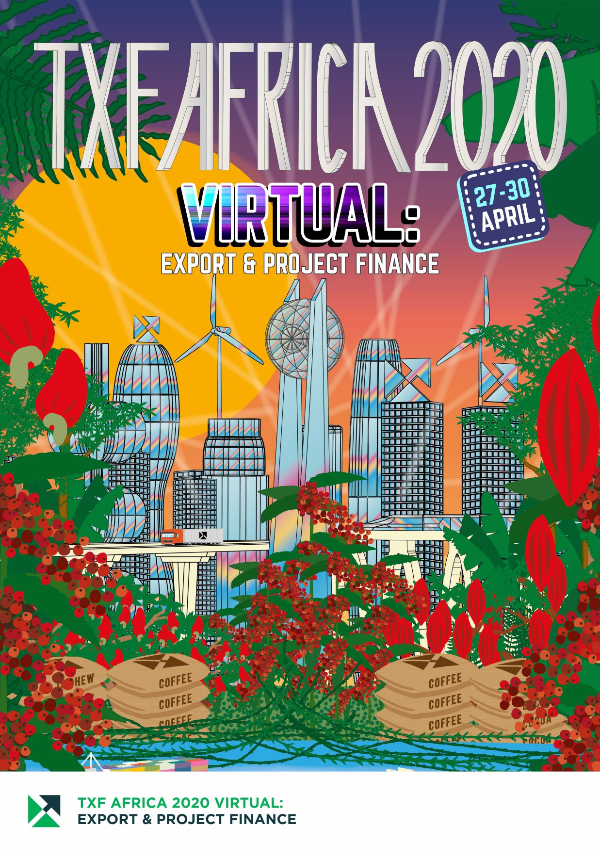
TXF Africa 2020 Virtual is a market-leading virtual event that boasts a number of networking features, exclusive data releases and high level speaker insights across three days. As one would expect from an event accessible anywhere in the world, the attendee list will not only comprise dealmakers spanning ECAs, SOEs, DFIs, MFIs, borrowers, exporters, commercial banks, law firms, insurers and governments from across the African continent but a broad swathe of those interested in investing in the region from overseas.
 Australia
Australia Hong Kong
Hong Kong Japan
Japan Singapore
Singapore United Arab Emirates
United Arab Emirates United States
United States France
France Germany
Germany Ireland
Ireland Netherlands
Netherlands United Kingdom
United Kingdom
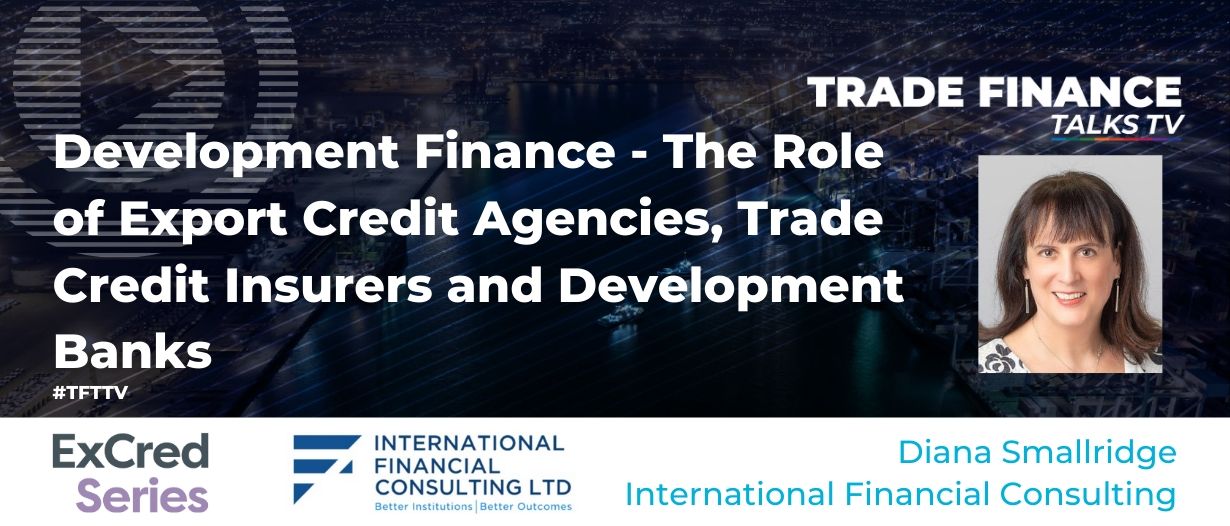
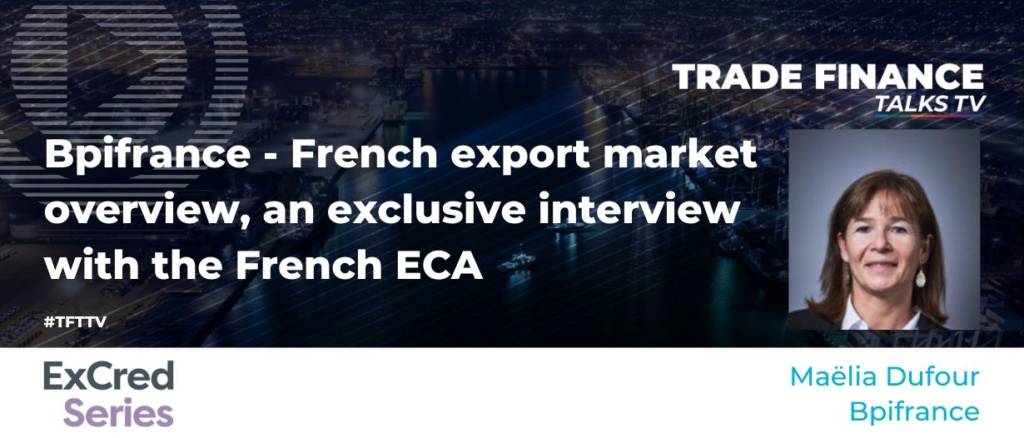
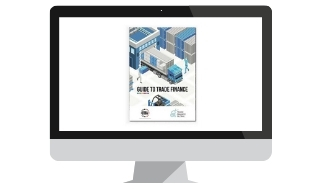




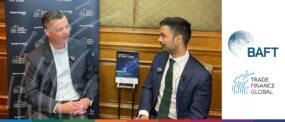

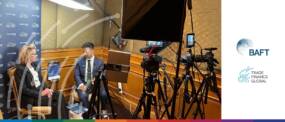
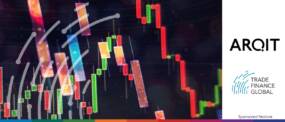
Comments are closed.